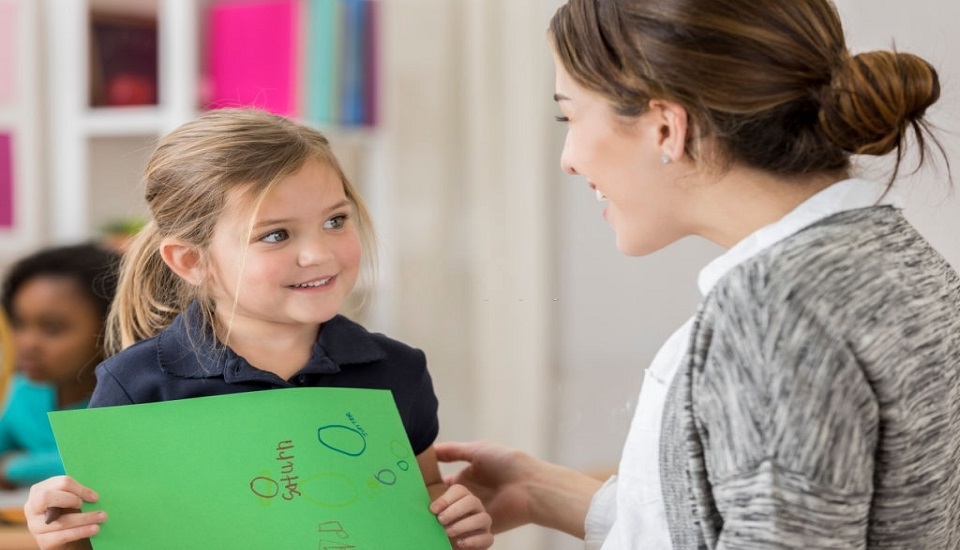Ways To Help A Dyslexic Student In A General Education Classroom
24th December 2021

For every teacher, establishing a conducive classroom environment to help all students effectively is a challenging task. Especially when you are dealing with children with various learning difficulties, this becomes more challenging. Certain topics are challenging for dyslexic students. Hence, teachers need to understand how to accommodate dyslexic students in general education classrooms.
What is Dyslexia?
Dyslexia is not:
- Reading and writing letters backward is the chief sign of dyslexia
- It doesn't reveal until elementary school
- This goes away once kids learn to read
- Dyslexia is a vision problem
- It is a result of laziness or lack of motivation
- Outgrown
- Sign of below-average intelligence
- It cannot be cured
- Dyslexia and ADHD are the same things
- Dyslexia is a sort of mental obstruction
In this matter, the International Dyslexia Association stated -
“It is characterized by difficulties with accurate and/or fluent word recognition and by poor spelling and decoding abilities. These difficulties typically result from a deficit in the phonological component of language that is often unexpected in relation to other cognitive abilities and the provision of effective classroom instruction. Secondary consequences may include problems in reading comprehension and reduced reading experience that can impede growth of vocabulary and background knowledge. Most students with dyslexia will receive the reading and writing help they need outside of the general education classroom, but there are many things a general education teacher can do to help students with dyslexia not only avoid situations, but thrive in your classroom.”
Learn how effectively you can aid children with Dyslexia!
Helping a Dyslexic Student in a General Education Classroom
Following are some of the proven and helpful approaches to support dyslexic students in general education classrooms.
1. Involve Materials
Learners love to interact with materials. Para-professionals, volunteers, and learners can help develop and implement numerous accommodations. These include -
- Use a tape recorder or audio support
- Assistive Technology
- Graphic organizers and reading controllers
- Better notes
- Visual support
- Additional practice activities
- Block out unnecessary stimuli
- Adapted texts
And so on…
2. Interactive Instructional Techniques
Teaching and communications should offer successful learning experiences for each learner. Some of the successful interactive instructional actions are:
- Review time
- Pre-Teach
- Repeat instructions
- Use clear teaching procedures
- Maintain day-to-day routines
- Practice step-by-step education
- Combining verbal and visual information
- Chunk the material
- Vocabulary games
- Including balanced presentations and activities
Gaining students' attention for some time needs numerous teaching and managing help.
3. Minimize Classroom Stress
Encourage strength and minimize classroom stress as much as you can! Students with dyslexia are at great danger for depression and anxiety as the gap between understanding and the output of work. Try to avoid over-correcting work and having students read aloud in classes. Identify students’ assets and tell them what you understand. Tell learners about various role models like Richard Branson, Steven Spielberg, or Nobel Prize-winning scientist Carol Greider who are also dyslexic.
4. Peer-mediated Learning
Implement peer-mediated education. The teacher can pair peers of different aptitude levels to evaluate their notes, study for a test, read aloud to each other, write stories, or conduct laboratory experiments. Similarly, a partner can read math problems for students with reading problems to resolve.
5. Emotional Support
Students differ significantly in their capability to respond in different manners. Implement -
- Strengths-Based approach
- Normalizing differences
- Maintaining a helpful attitude
- Place students close to the teacher
- Encourage note sharing
- Deliver additional practice
The Bottom Line
The fact is every classroom teacher has the chance to change the life of a student with dyslexia by taking the Online Special Education Courses. It is significant to recognize accommodations that are practical to ask of teachers in all classroom backgrounds.
It’s worth making the transformation to help students prosper.

